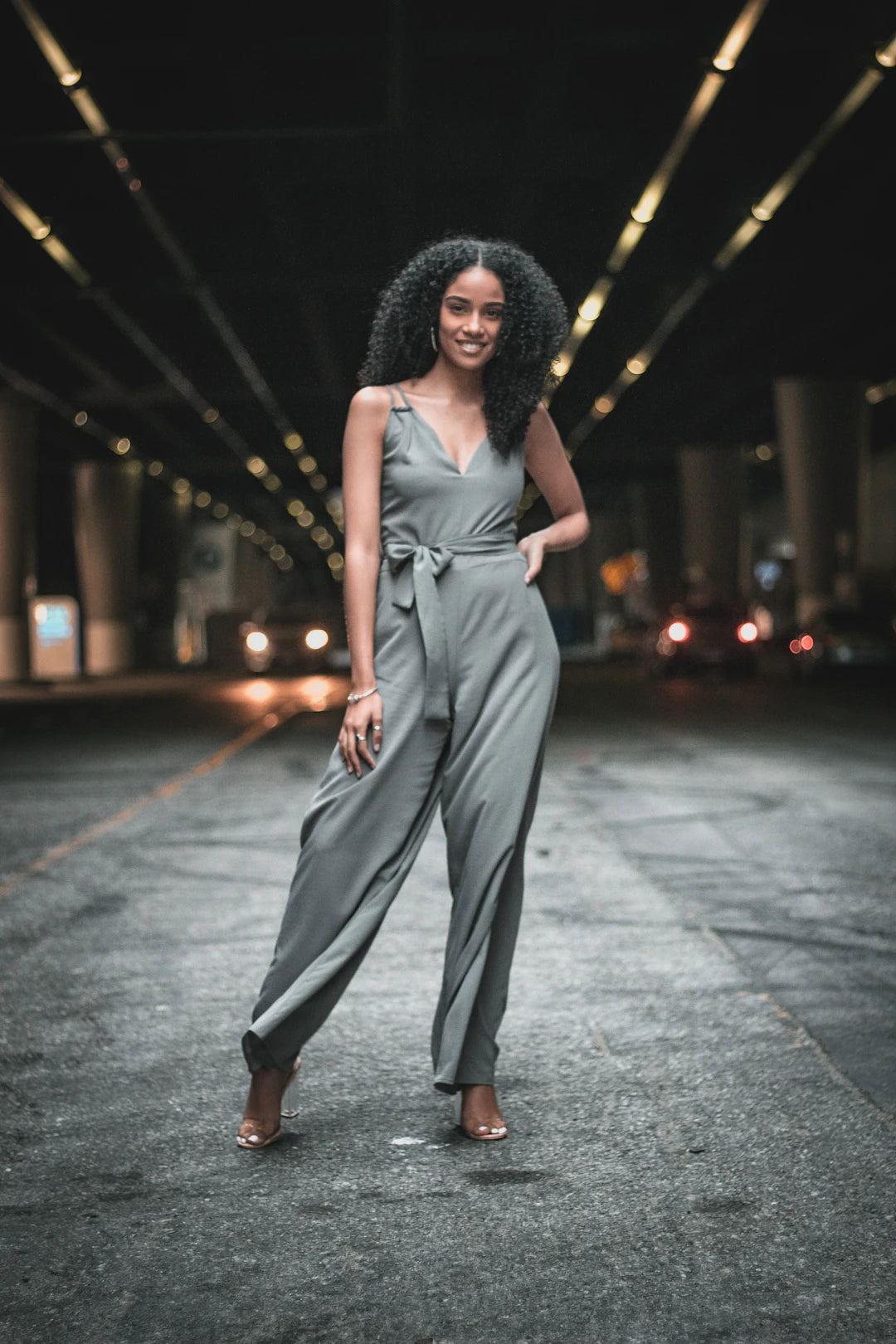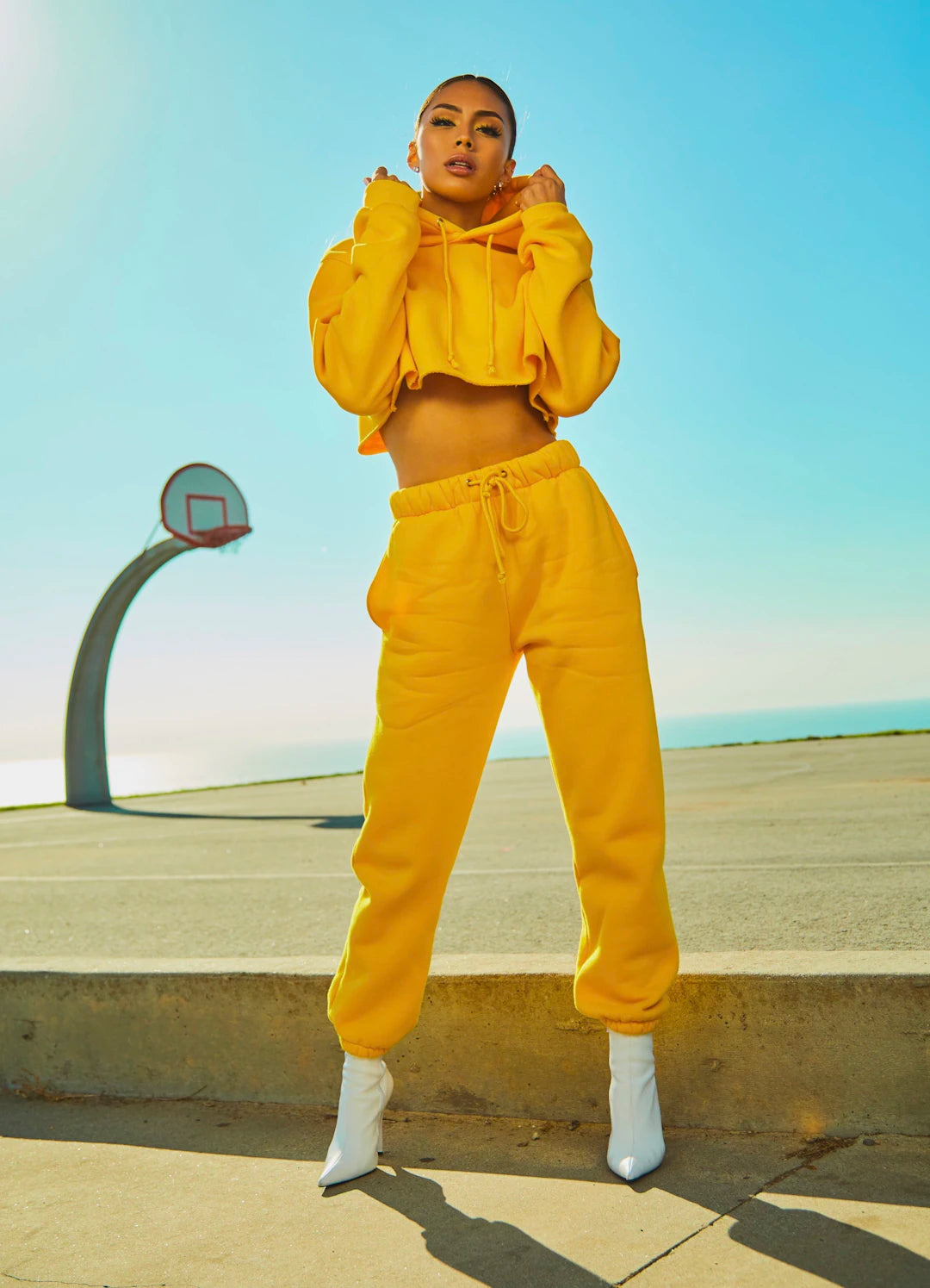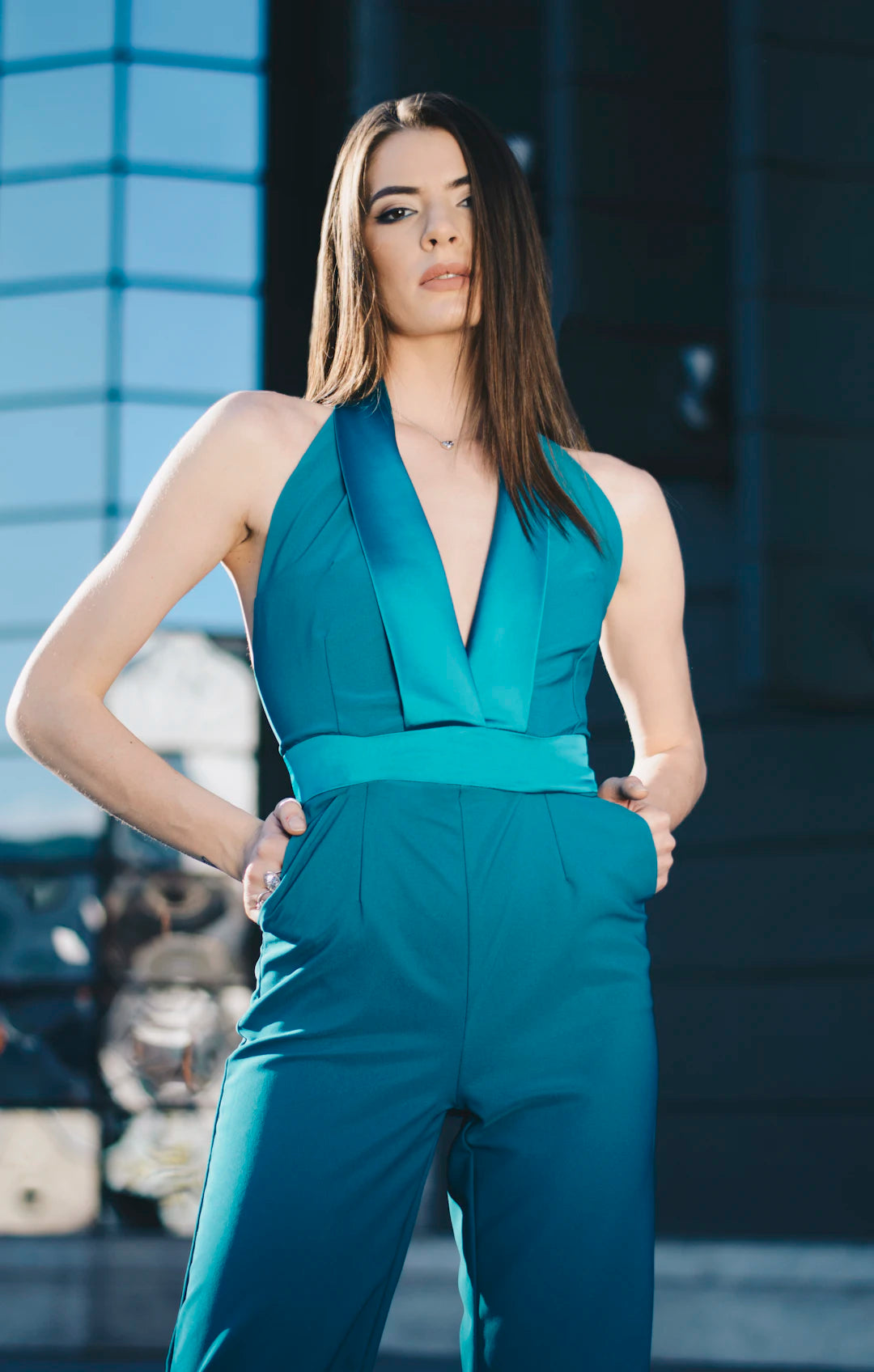If you’re diving into the world of fashion design, having the right skills and tools is essential for elevating your art. Procreate is a powerful app that allows digital artists to create stunning fashion illustrations. Using effective brush techniques can make a world of difference in your design process. In this article, we will explore five essential Procreate brush techniques that every aspiring fashion designer should know. Whether you are creating sketches or final illustrations, these methods will enhance your creative workflow and help you achieve professional results.
The Importance of Brush Techniques in Fashion Design
Brush techniques are what give life and personality to your illustrations. In the realm of fashion, every detail matters—whether it’s the texture of fabric, the sheen of accessories, or the play of light on different surfaces. Learning effective brush techniques can improve your sketch quality and allow you to express your unique style. Here are some key techniques that will elevate your fashion illustrations:
1. Layering Textures for Realism
Creating depth in your fashion illustrations is crucial for making them look more realistic and dynamic. By layering textures appropriately, you can simulate different fabrics like silk, denim, and leather. Here’s how to effectively layer textures:
How to Layer Textures
- Select the base color for your garment.
- Choose a texture brush from your creative fashion kit that emulates the fabric you want to depict.
- Lower the opacity of the texture layer to create a subtle effect.
- Add another layer above using a different texture brush to enhance the overall look.
- Experiment with blending modes to achieve the desired effect.
For example, if you are illustrating a flowing dress made of chiffon, begin with a soft base layer and gradually build in the texture to give that airy feel. This technique is excellent for showcasing how different fabrics interact with light.
2. Utilizing Brush Variability for Detail
Fashion illustrations often require intricate details—from the delicate stitching on a garment to the intricate patterns on a fabric. Using a variety of brushes within your Procreate environment can significantly enhance detail work:
How to Use Brush Variability
- Experiment with different brushes in the selection of fashion illustration brushes available in your toolkit.
- Adjust the size and opacity of your brush dynamically as you work through different areas of your design.
- Incorporate custom brushes that mimic pencil strokes, inking styles, or watercolor effects depending on your desired outcome.
When illustrating a lace detail, for instance, use a smaller brush for tight spaces, then a broader brush to fill in the floral motifs. This variability keeps your illustrations engaging and allows for a more customized aesthetic in your designs.
3. Mastering Color Blending Techniques
Color blending is vital for achieving smooth transitions in your illustrations and for portraying shadow and light effectively. There are multiple ways to blend colors in Procreate, and mastering them can considerably boost your sketch quality:
How to Blend Colors Effectively
- Choose complementary colors for the shadows and highlights of your design.
- Lay down your base colors first.
- Use a soft airbrush to seamlessly blend the colors together.
- Incorporate the smudge tool to enhance gradients and create a more cohesive look.
For example, when illustrating a coat, you might want to blend darker tones near the seams to give it depth and a realistic finish. This technique is particularly useful when portraying light fabrics that require a polished look.
4. Creating Dynamic Poses with Gesture Drawing
The pose can dramatically change the impression of your fashion illustration. Gesture drawing allows you to quickly capture the essence of a figure's movement, which brings life to your designs. Below are steps on how to incorporate gesture drawing into your workflow:
How to Perfect Gesture Drawing
- Start with simple shapes to outline your figure's pose.
- Focus less on details and more on fluidity and motion.
- Use quick strokes to define posture, angles, and overall movement.
Try sketching a model in action—whether twisting or walking—this technique will help you visualize the garment's movement. Remember, the more you practice gesture drawing, the more natural it will feel, allowing you to sketch faster and more intuitively.
5. Adding Final Touches with Highlights and Shadows
After you've blocked in your main colors and textured your garments, it’s time to add life with highlights and shadows, which can greatly influence the overall impact of your design. These final touches can elevate your illustration to the next level:
How to effectively Apply Highlights and Shadows
- Select a lighter shade of your main color for highlights and a darker shade for shadows.
- Utilize a soft brush to apply highlights on areas where light naturally hits (like shoulders and bust).
- Apply shadows where fabric folds occur or under hemlines to create dimension.
For instance, when illustrating a structured jacket, highlights on the collar and shadow under the arms will enhance the garment's depth. These slight adjustments can transform your fashion design into a more polished piece, making it appear realistic and professionally finished.
Techniques to Boost Your Productivity
In addition to the core techniques discussed, here are a few tips that can help improve your productivity when working in Procreate:
- Use shortcuts: Familiarize yourself with keyboard shortcuts in Procreate to speed up your workflow.
- Create and use templates: Designing templates for common garment types can save time during the sketching phase.
- Utilize layers effectively: Organize your drawings using layers for different elements so you can easily edit without losing quality.
Staying organized is essential in maintaining creative flow. Make your workspace as efficient as possible so you spend more time sketching and less time fiddling with tools.
Real Use Cases: Fashion Sketches That Shine
To further illustrate the points we've covered, consider these real-world examples of fashion sketches. Each uses the techniques discussed above in their unique way:
Imagine a designer illustrating a long evening gown. With effective layering techniques, they create an ethereal look that mimics silk. By incorporating color blending, they achieve a gradient effect that enhances the flow of the fabric. Finally, highlights and shadows are added, transforming the illustration from a basic sketch to a stunning visual representation of the garment.
Another example is a streetwear collection concept where gesture drawing is utilized to capture the vibrant energy of urban life. The artist quickly sketches models in active poses, ensuring that the movement of the oversized clothing is depicted correctly. By using texture brushes, they accurately represent the materials used, such as denim and cotton, making the final product not only visually appealing but also realistic.
Unleash Your Creativity
Maximizing your skills with Procreate and mastering these essential brush techniques can take your fashion illustrations to new heights. Remember, the journey of an artist is one of continuous growth, so don't be afraid to experiment with various styles and techniques. Incorporate these methods into your digital art toolkit, and let your creativity flourish as you bring your fashion design dreams to life.
Whether you're a seasoned illustrator or just starting, the techniques in your creative fashion kit can pave the way to stunning achievements in fashion design. Embrace these brush techniques and become the fashion illustrator you've always aspired to be. Happy sketching!





Leave a comment
This site is protected by hCaptcha and the hCaptcha Privacy Policy and Terms of Service apply.